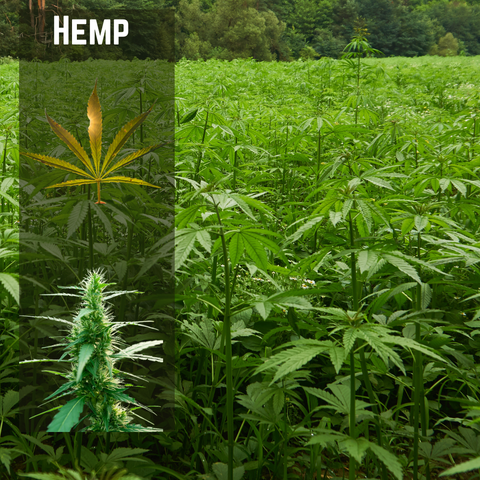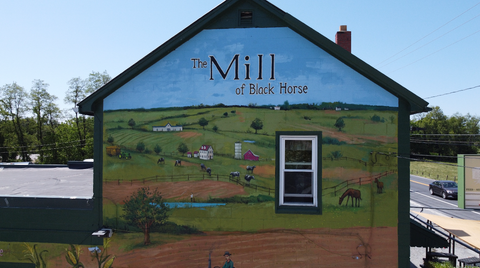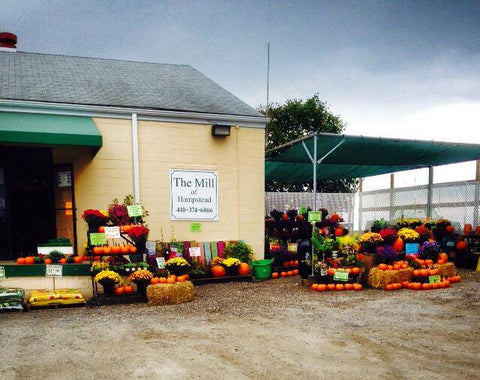Fusarium Head Blight (FHB), also known as scab, is a devastating fungal disease affecting wheat and other small grains. Beyond the visible damage to heads and kernels, FHB can significantly reduce yield and grain quality—and lead to the production of harmful mycotoxins that limit marketability.
Understanding the conditions that favor its development, as well as effective management strategies, is key to minimizing risk and economic loss.
What is Fusarium Head Blight?
FHB is caused primarily by the fungus Fusarium graminearum, which infects wheat heads during flowering. It thrives in warm, wet weather and can spread rapidly through fields under favorable conditions. Infected kernels often appear shriveled, bleached, or discolored and are commonly referred to as "tombstones."
Key Symptoms and Identification 
-
Bleached spikelets on green wheat heads, often with pink or salmon-colored fungal growth near the base
-
Shriveling and premature death of kernels also called tombstone kernels
-
Poor grain fill and lightweight kernels
-
Contamination with deoxynivalenol (DON), also called vomitoxin, a harmful mycotoxin that poses risks to livestock and food safety
Weather Patterns That Increase Susceptibility
FHB infection is most likely to occur when:
-
Temperatures range from 75°F to 85°F (24°C to 29°C)
-
High humidity or frequent rainfall persists during wheat flowering (anthesis)
-
Extended wet periods, especially 48-72 hours of continuous moisture, provide ideal conditions for fungal spores to germinate and infect heads
Regions with no-till or reduced-till systems and corn-wheat rotations are particularly susceptible due to increased surface residue harboring spores. Mid-Atlantic strains overwinter in soil and crop residue on no-till fields. 70% of spores will spread by wind

Prevention and Management Strategies
Effective FHB management requires an integrated approach:
1. Variety Selection 
-
Choose FHB-resistant or moderately resistant wheat varieties when available.
-
Resistance won’t prevent infection entirely but can significantly reduce severity and DON levels.
2. Crop Rotation
-
Avoid planting wheat immediately after corn or other small grains.
-
Rotate with non-host crops like soybeans to reduce inoculum in the field.
3. Residue Management
-
Incorporate crop residue through tillage when possible, especially after high-residue crops like corn.
-
Use practices that promote faster residue decomposition.

4. Scouting and Risk Forecasting
-
Use FHB forecasting models (PSU Wheat Scab Tool) to monitor real-time infection risk during heading and flowering.
-
Scout fields weekly during anthesis to identify early symptoms (Feekes 10.5.1-10.5.4).
5. Fungicide Application
-
Apply a triazole fungicide (e.g., Prosaro®, Caramba®, Miravis Ace®) at early flowering (Feekes 10.5.1) for best protection.
-
Applying fungicide prior to full emergence and early flowering (Feekes 10.1 to 10.5) is not as effective as waiting until the 10.5.1 stage. Applications up to a week after the start of flowering are still effective.
-
Avoid using strobilurin fungicides alone, as they may increase DON mycotoxin levels.
Economic and Yield Impact
The economic consequences of FHB can be severe:
-
Yield losses of 10–50% in infected fields
-
Downgraded grain quality due to lightweight kernels
-
Rejected loads or price penalties for grain with DON levels exceeding thresholds (typically >2 ppm for human consumption)
-
Reduced feed quality for livestock or poultry including potentially toxic levels of mycotoxins
- Increased input costs from fungicide applications or changes in tillage and rotation
According to USDA and university studies, regional outbreaks have resulted in hundreds of millions of dollars in losses during major infection years.
In Summary
Fusarium Head Blight is one of the most economically damaging diseases in wheat production. While it can’t be eradicated, timely management—including variety selection, fungicide use, and weather-based decision-making—can significantly reduce its impact. As climate patterns shift and wet spring weather becomes more common, proactive FHB strategies are more important than ever.

Need help choosing the right wheat varieties or planning a fungicide application schedule?
Contact our agronomy team at 800-993-2200 or email crops@themillstores.com. The Mill has five Certified Crop Advisors (CCAs) on staff, a Precision Ag team, and an application team including two licensed drone pilots.
























